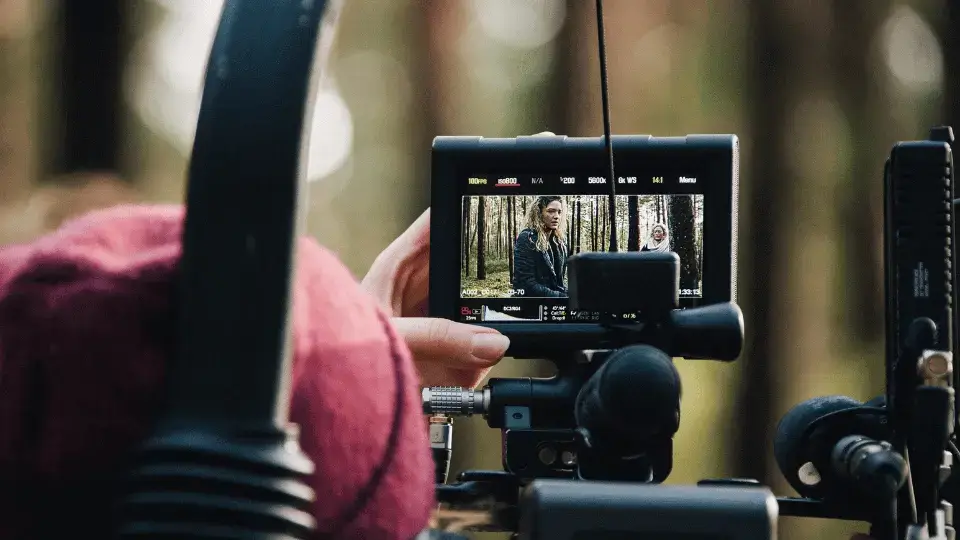Mastering Cinematography Techniques in Apocalypse Now: A Path to Success
Francis Ford Coppola’s 1979 film, Apocalypse Now, is widely regarded as a timeless cinematic masterpiece that has left an indelible mark on the film industry. The movie’s cinematography, in particular, is a marvel to behold, with its stunning visuals and use of lighting and color to convey emotions and symbolism. In this article, we will explore the cinematography techniques used in Apocalypse Now and how they can be applied to your own work as a filmmaker.
Understanding Cinematography in Apocalypse Now
Apocalypse Now is set during the Vietnam War and follows the journey of Captain Willard, played by Martin Sheen, as he travels up the Nung River to find and assassinate the rogue Colonel Kurtz, played by Marlon Brando. Throughout the film, the audience is treated to breathtaking shots of the lush Vietnamese landscape, the horrors of war, and the psychological breakdown of the characters.
One of the most striking aspects of the cinematography in Apocalypse Now is the use of color. The film’s opening sequence, which features a montage of helicopters flying over a jungle, is bathed in a fiery orange hue that sets the tone for the rest of the movie. Throughout the film, the color palette shifts to reflect the changing moods and emotions of the characters. For example, scenes featuring the character of Colonel Kilgore, played by Robert Duvall, are often shot in bright, vivid colors to convey his larger-than-life personality.
Another key aspect of the cinematography in Apocalypse Now is the use of lighting. Many scenes in the movie are shot in low light or darkness, which creates a sense of foreboding and tension. For example, the scene in which Willard and his crew encounter a group of French colonials living in the jungle is shot entirely in the dark, with only candles and lanterns providing light. This creates an eerie and unsettling atmosphere that adds to the sense of danger and uncertainty.
The film also features a number of long takes and tracking shots, which help to immerse the audience in the action. One of the most memorable examples of this is the scene in which Willard and his crew travel upriver on a patrol boat while being attacked by the Viet Cong. The camera follows the boat as it weaves through the jungle, creating a sense of chaos and confusion that mirrors the experience of the characters.
Applying Apocalypse Now Cinematography Techniques to Your Own Work
So how can you apply the cinematography techniques used in Apocalypse Now to your own work as a filmmaker? Here are some tips:
- Use color to convey emotion: Just like in Apocalypse Now, you can use color to convey the mood and emotions of your characters. Experiment with different color palettes to see how they affect the tone of your scenes.
- Play with lighting: Lighting can be used to create atmosphere and tension in your scenes. Try experimenting with different lighting setups to see how they affect the mood of your shots.
- Use long takes and tracking shots to immerse the audience: Long takes and tracking shots can be used to create a sense of immersion in your scenes. Consider using them in action sequences or to showcase a particularly beautiful location.
- Pay attention to framing: The framing of your shots can have a big impact on how they are perceived by the audience. Experiment with different framing techniques to see how they affect the tone and mood of your scenes.
Key Takeaways
Apocalypse Now is a masterclass in cinematography, featuring stunning visuals and innovative techniques that have influenced generations of filmmakers. By studying cinematography in this film, you can learn valuable lessons about color, lighting, framing, and more that can be applied to your own work. If you are interested in pursuing a career in the film industry, you may want to consider taking the NYU Film and TV Industry Essentials online course and certificate program. This program, offered by Yellowbrick in partnership with NYU Tisch School of the Arts, provides a comprehensive overview of the film and TV industry and can help you take your skills to the next level.








